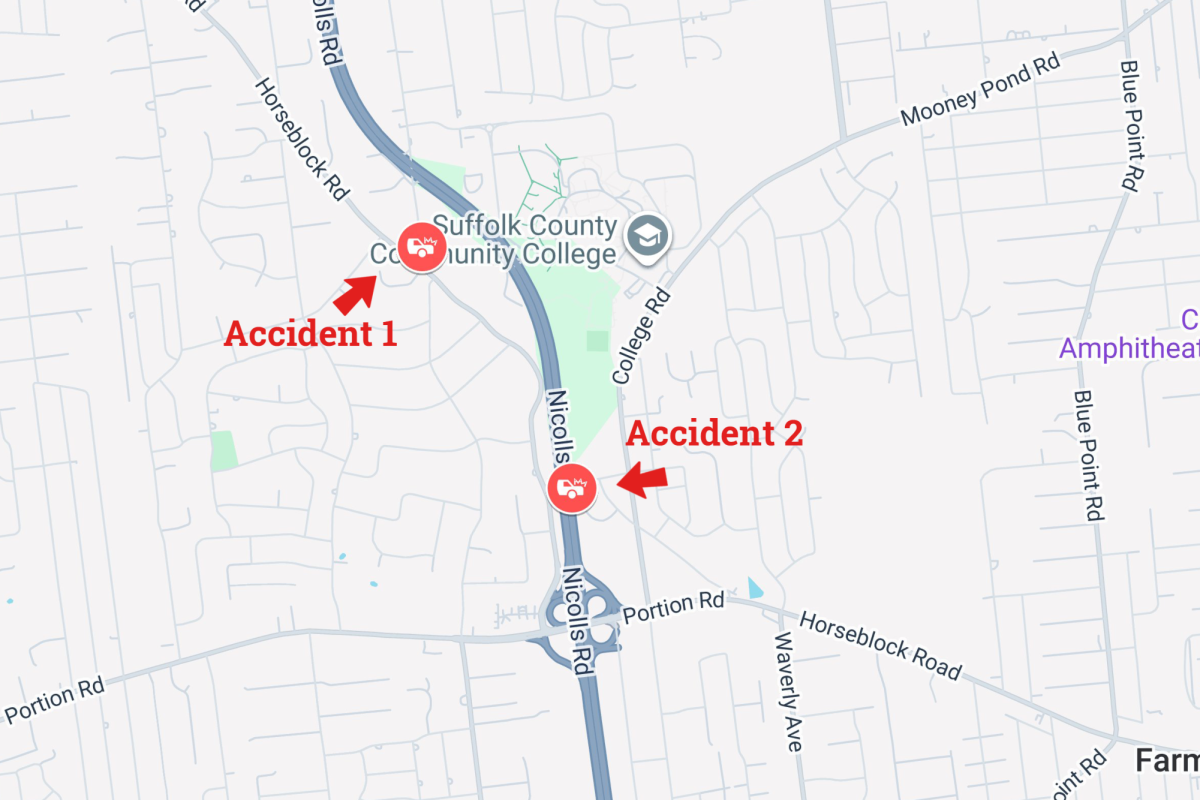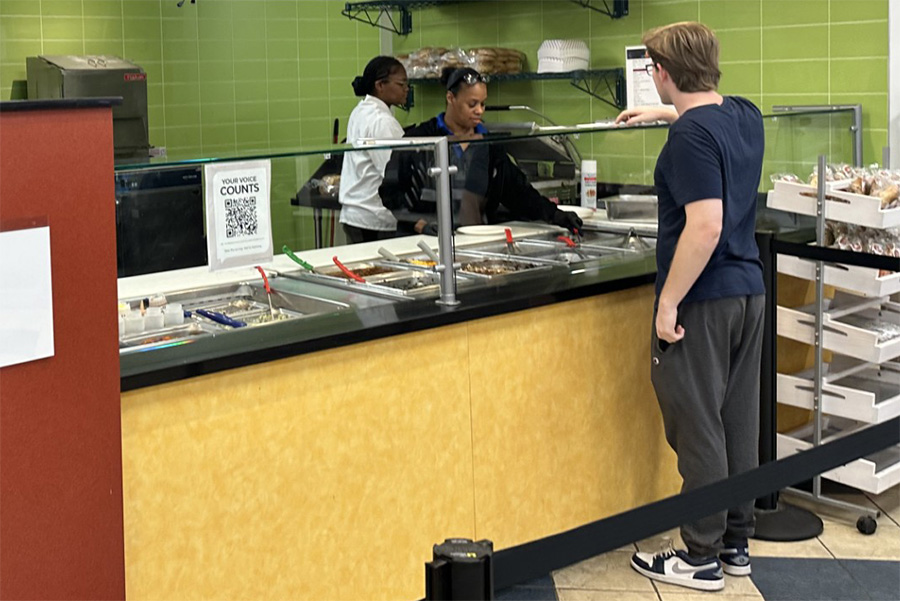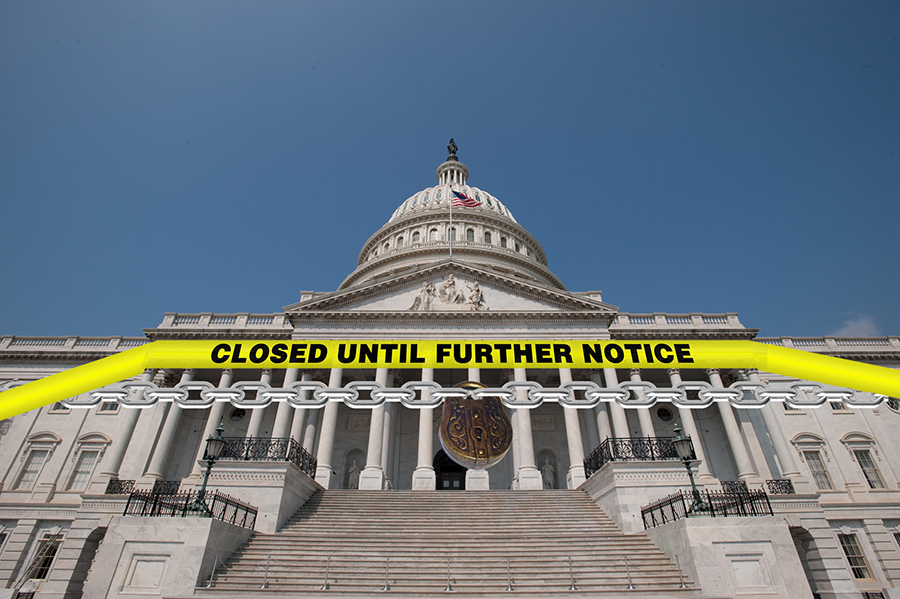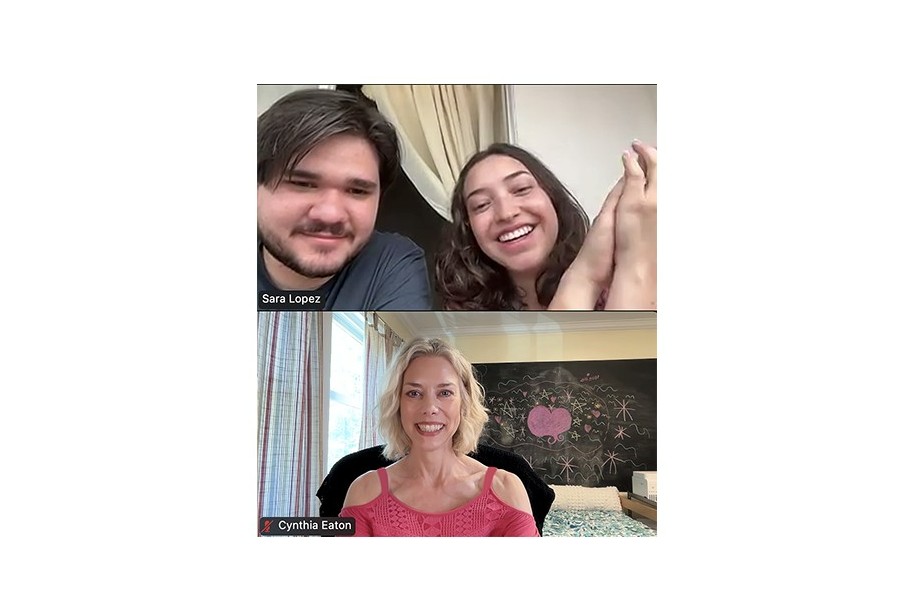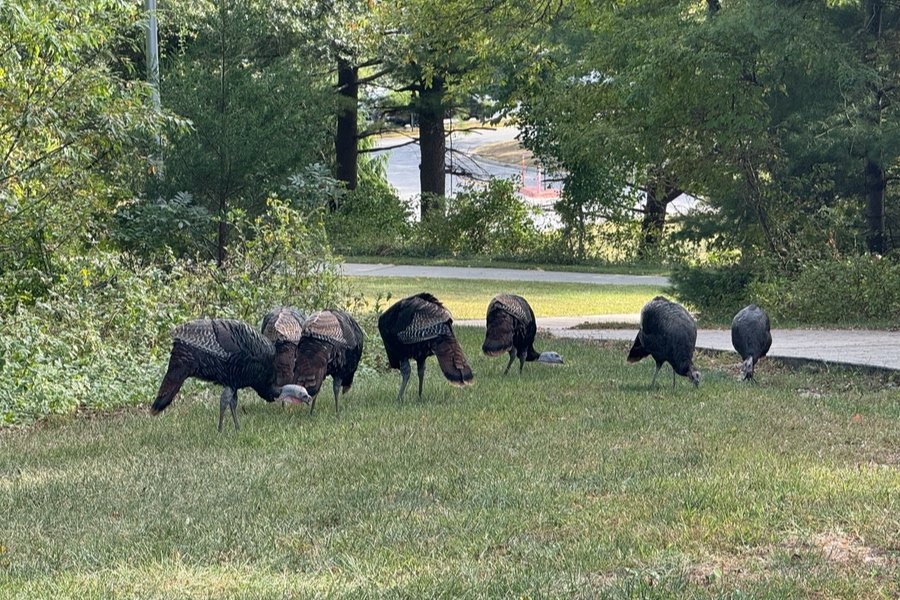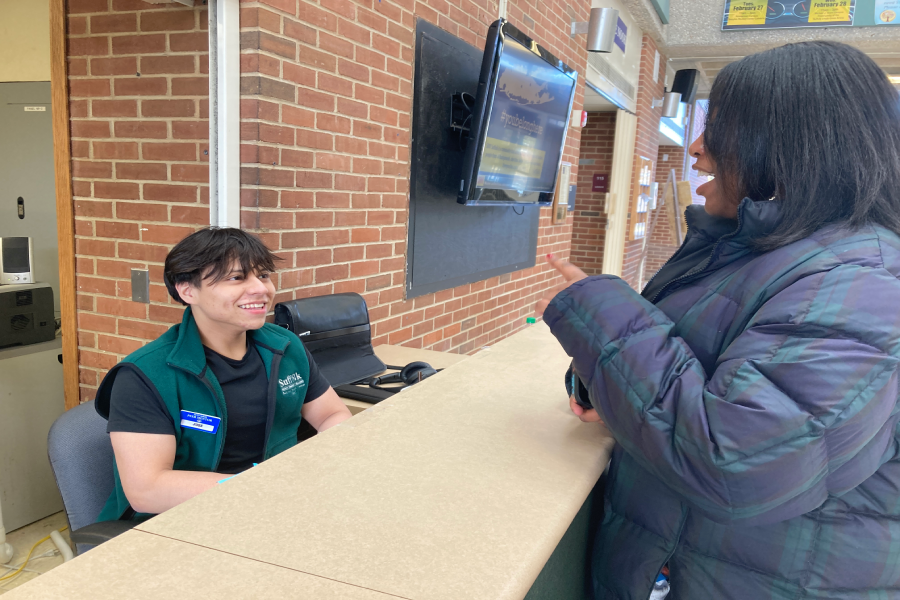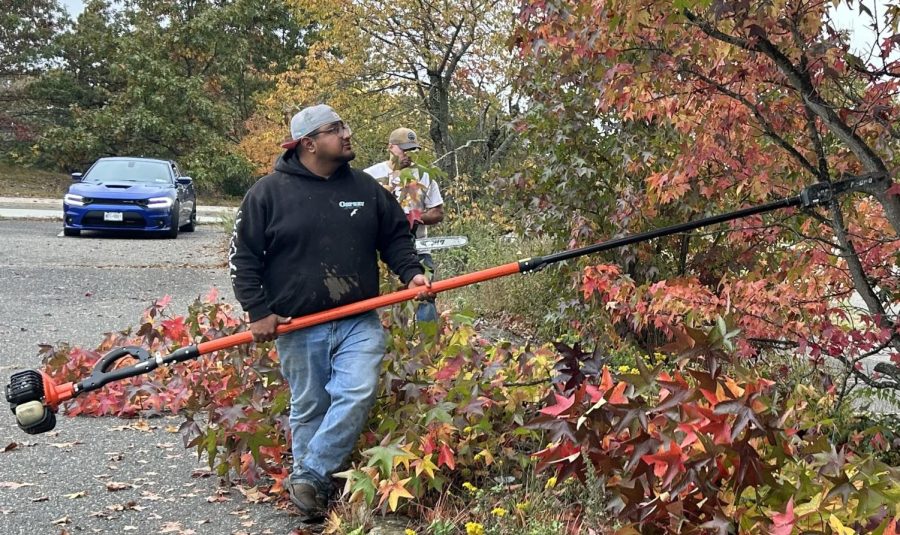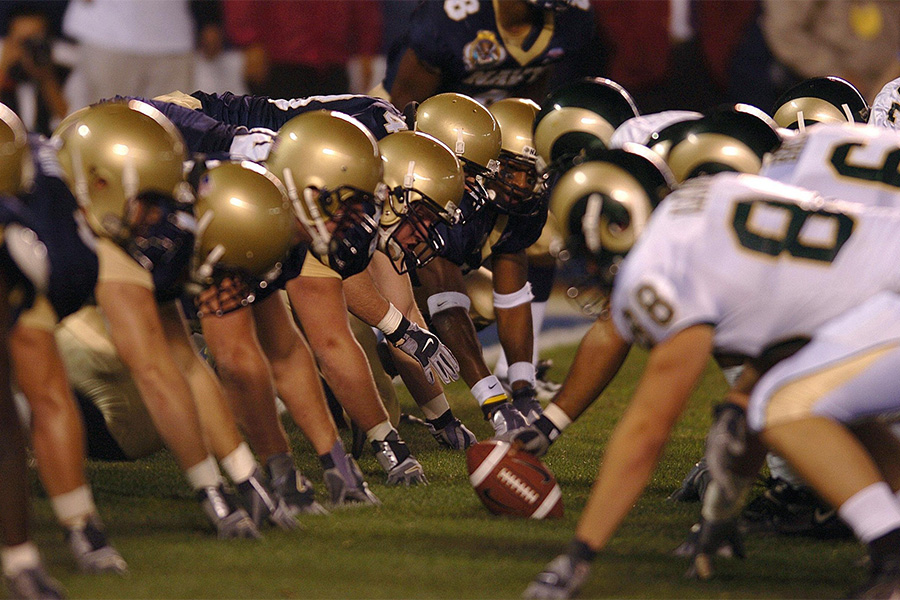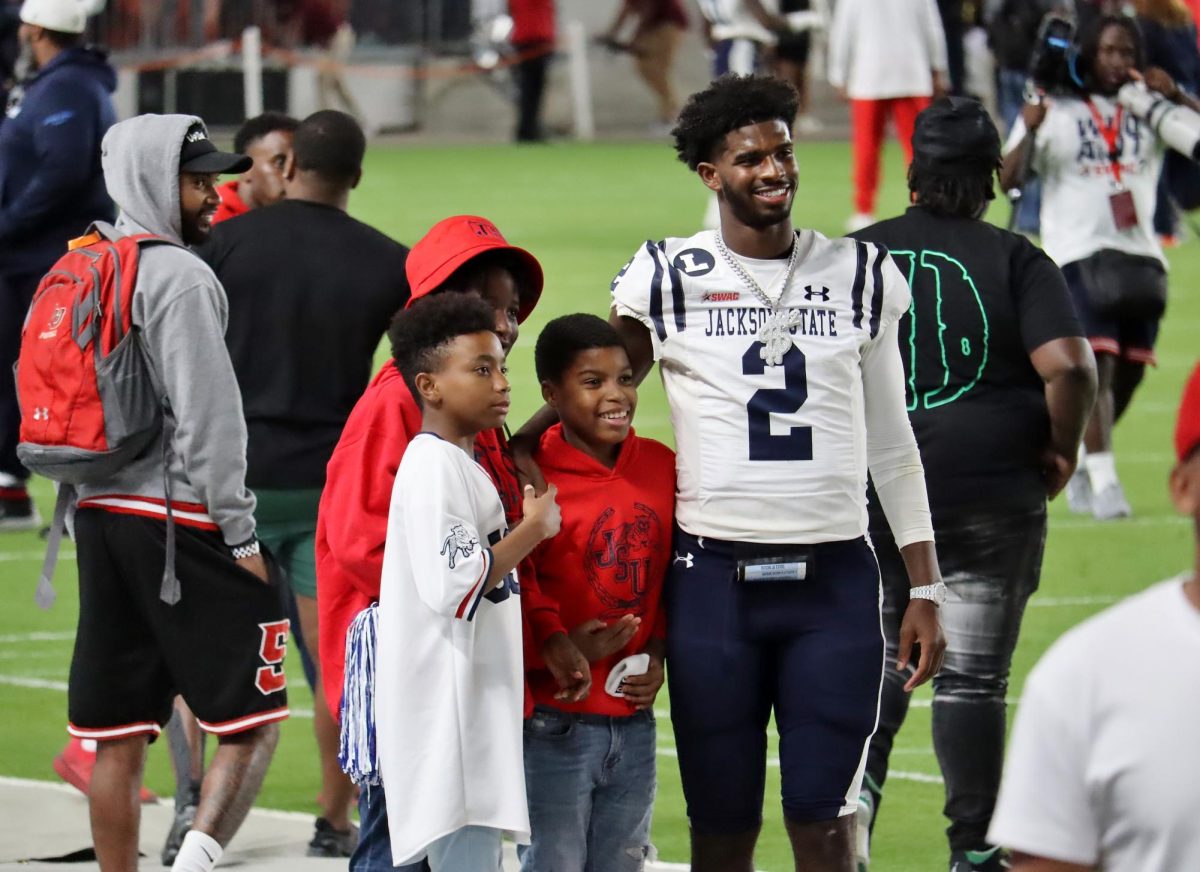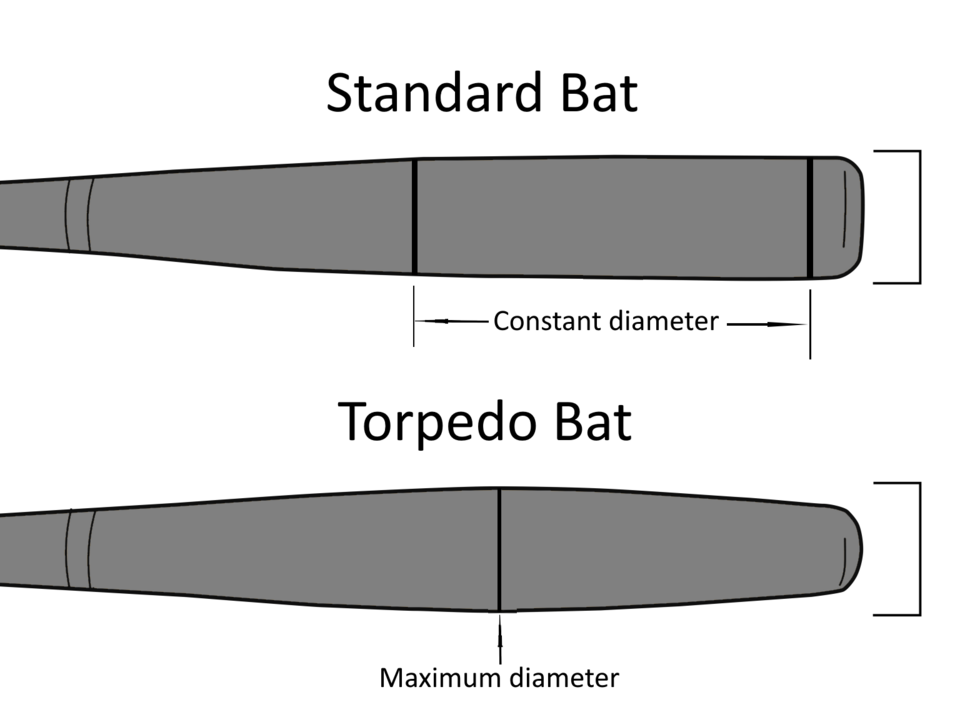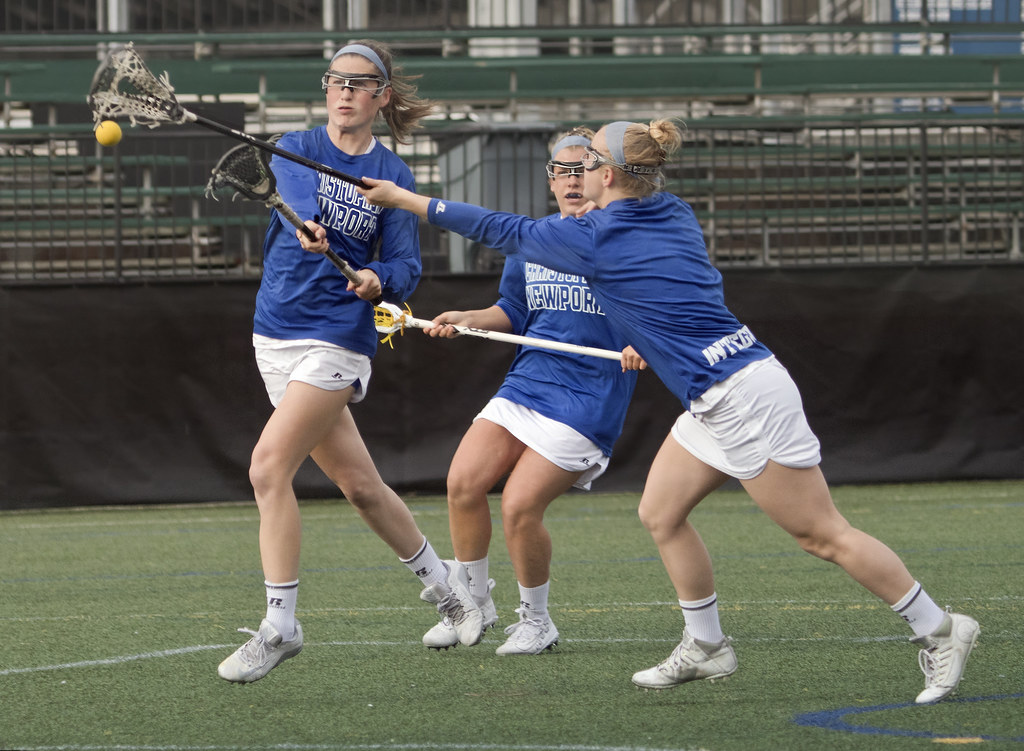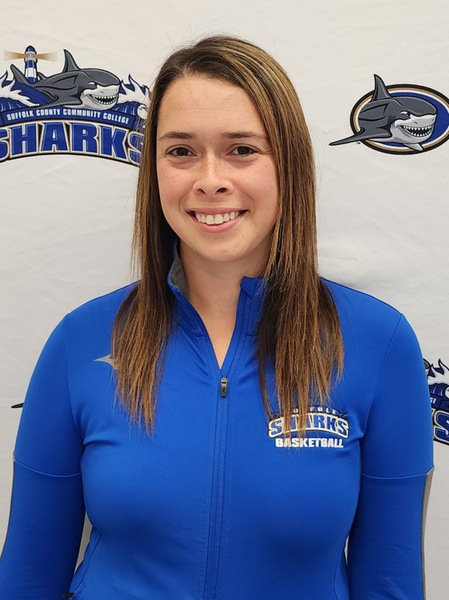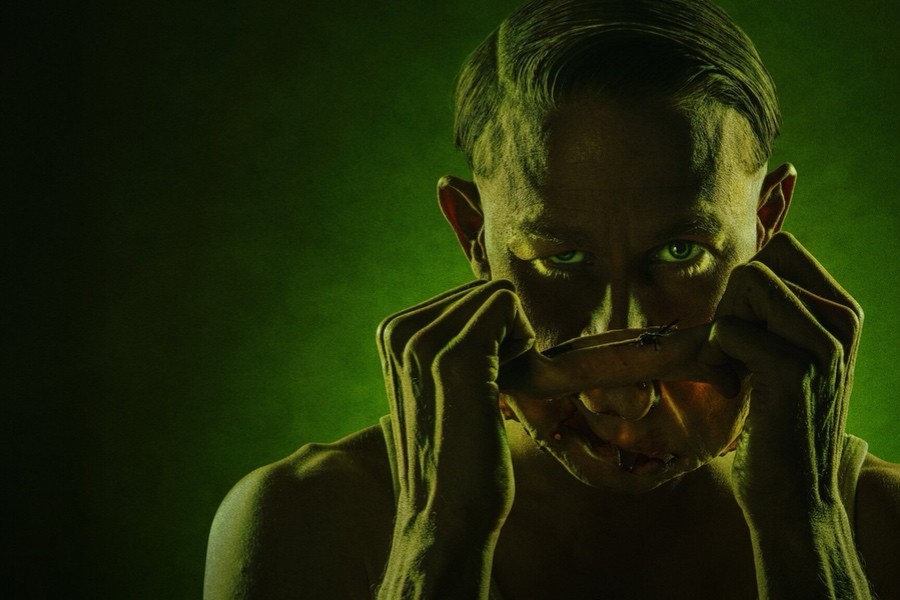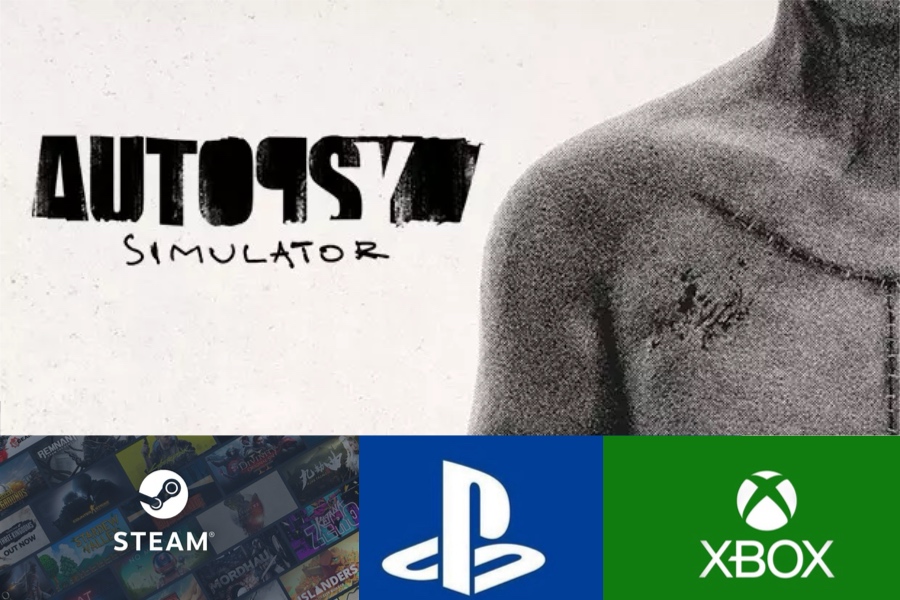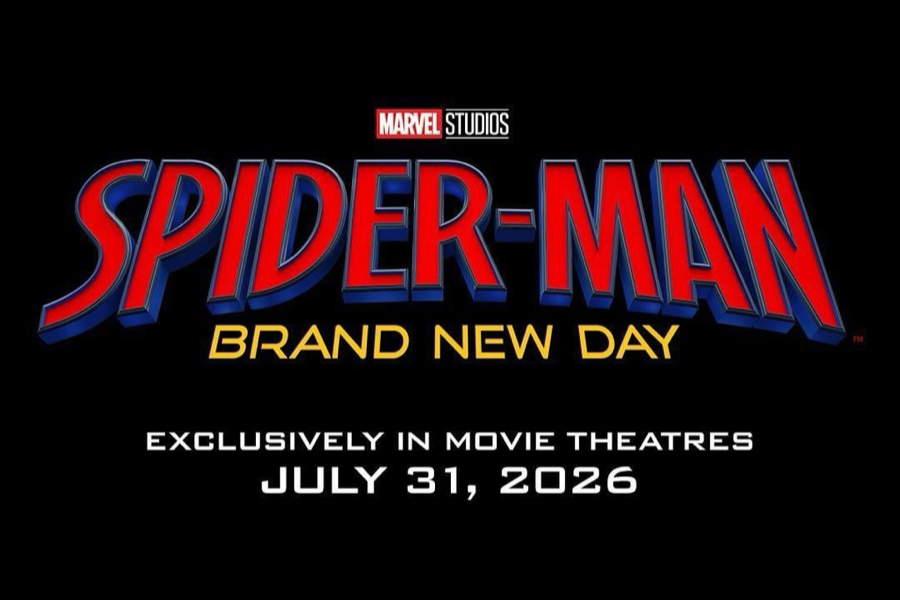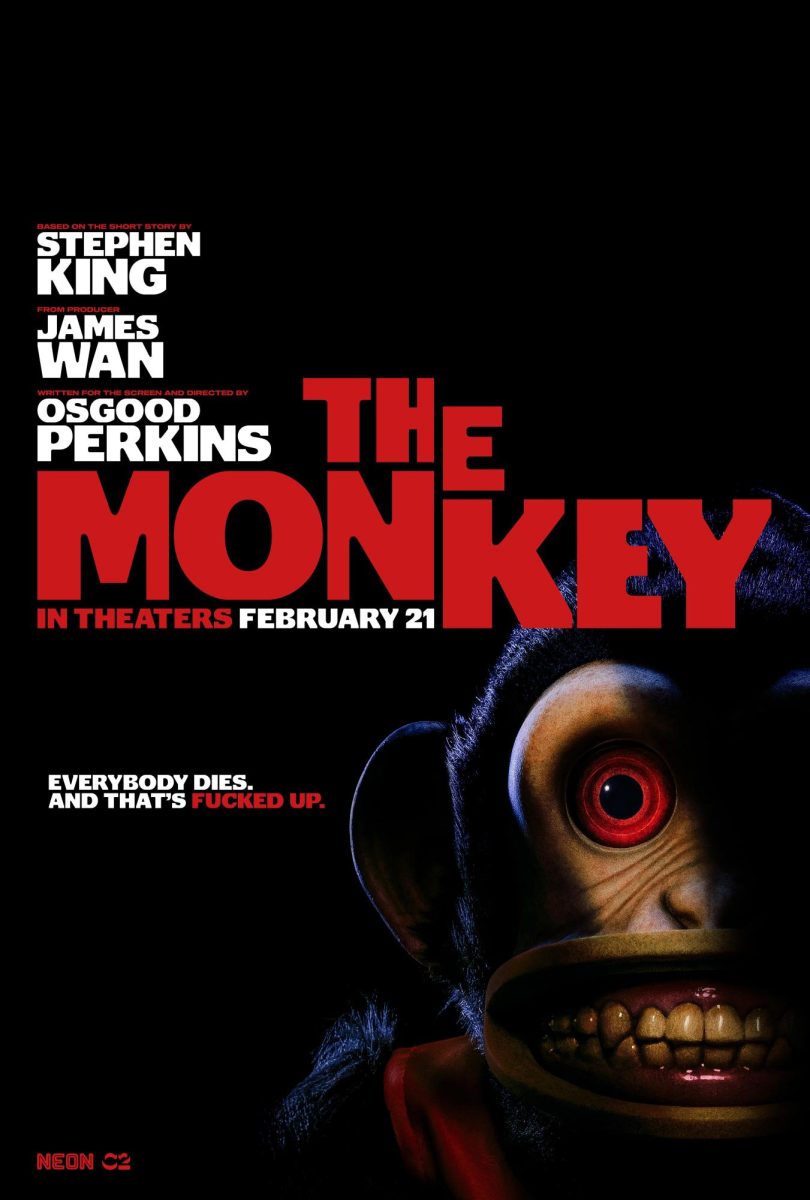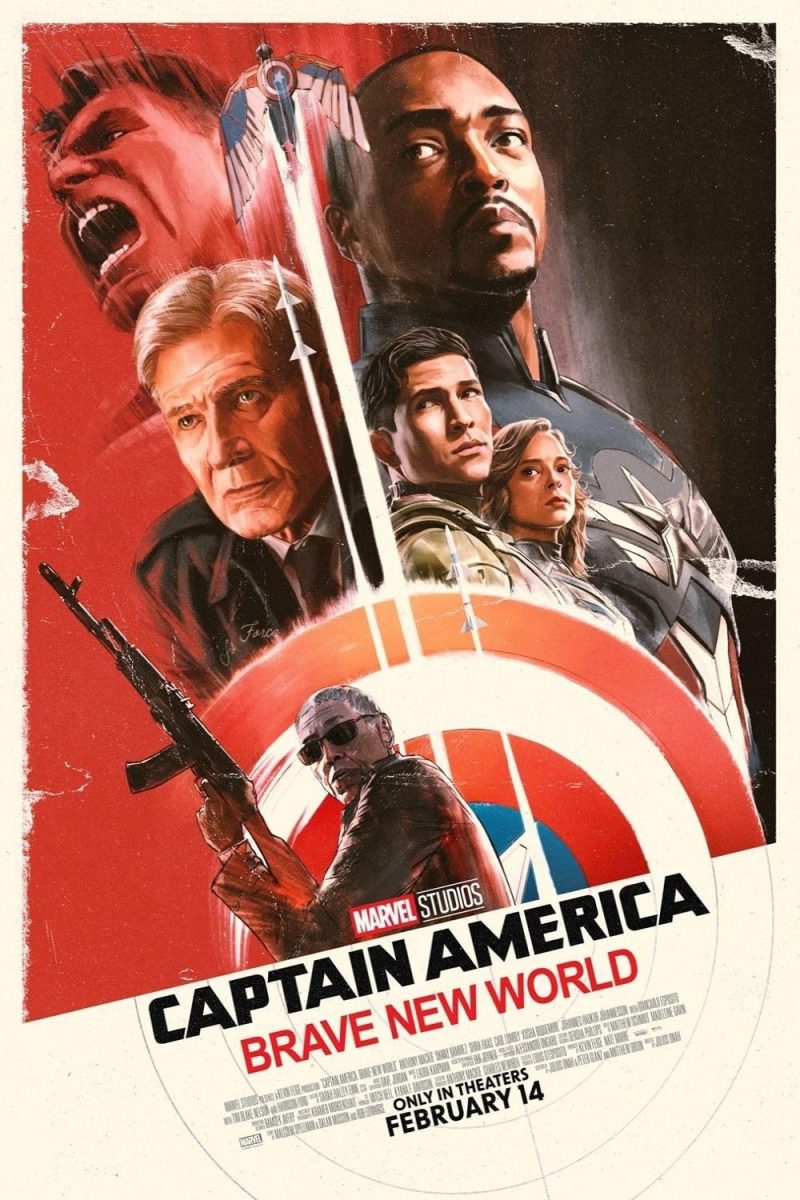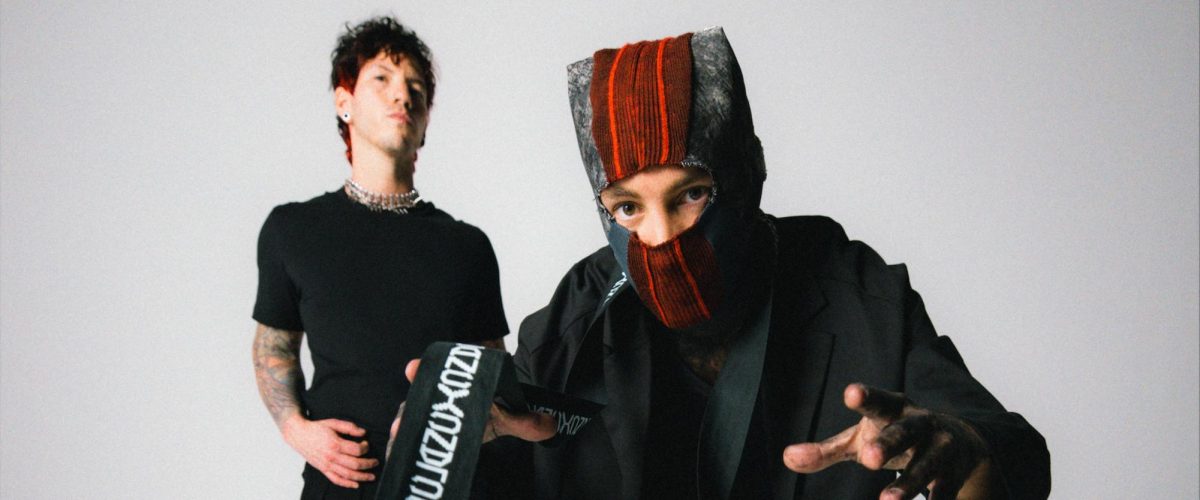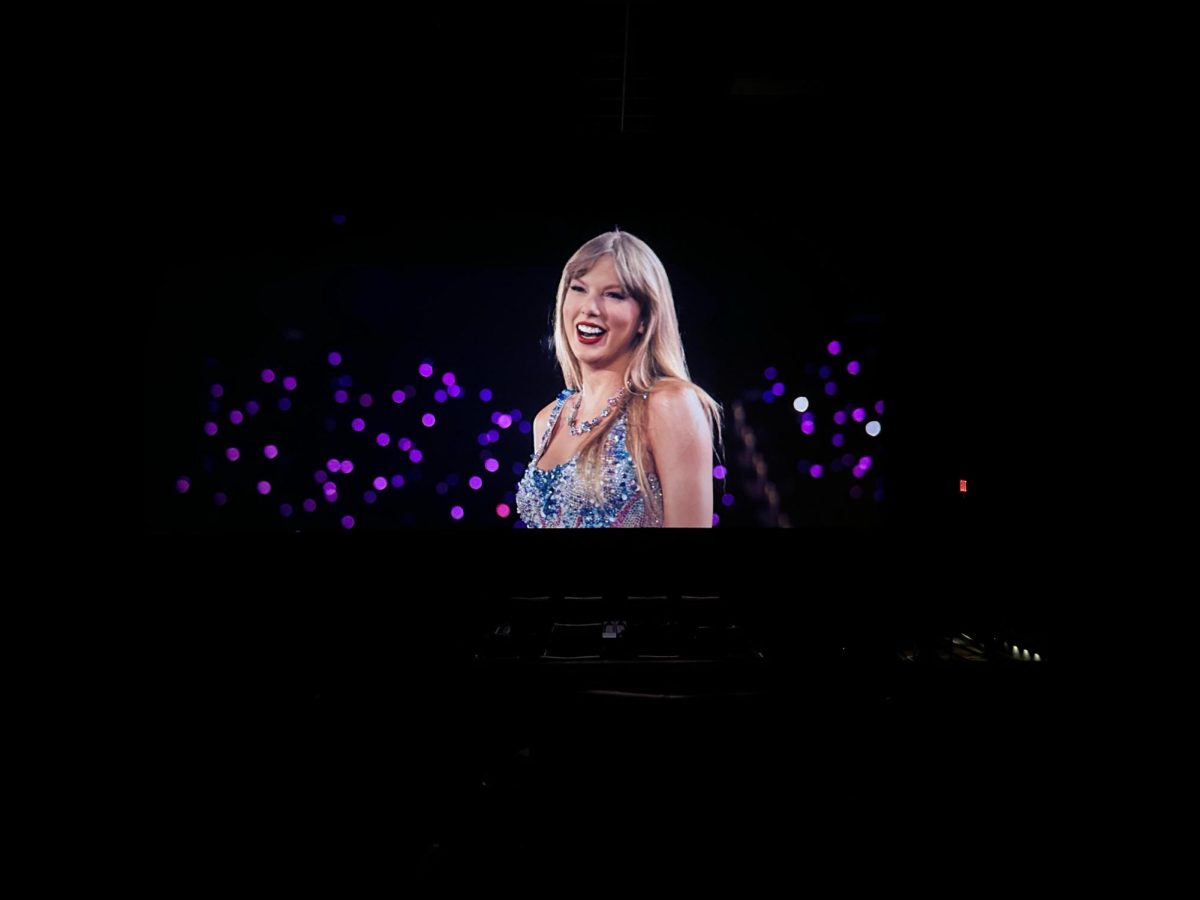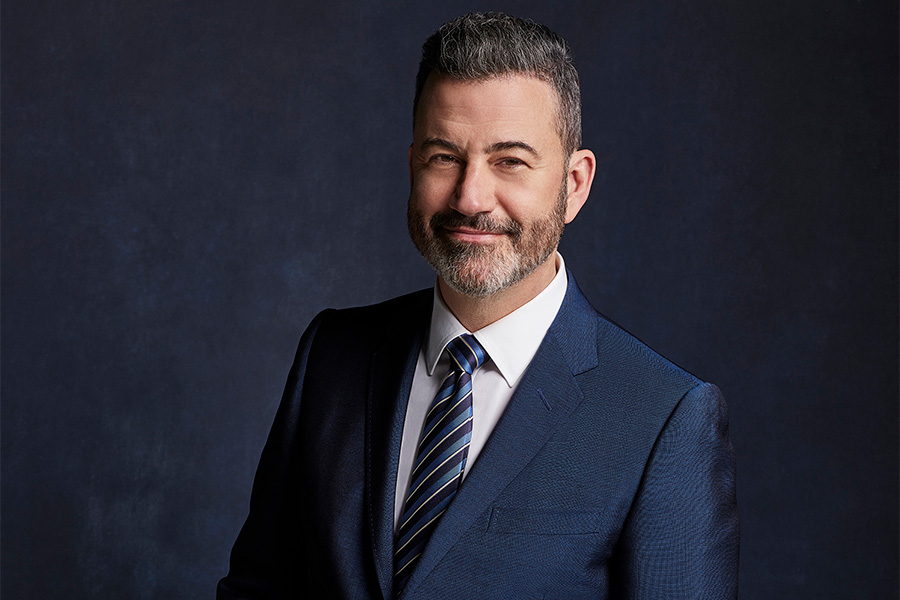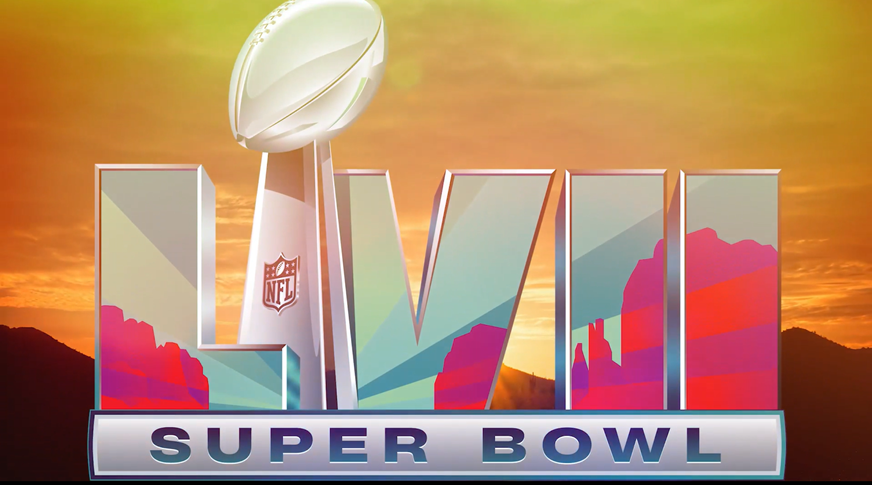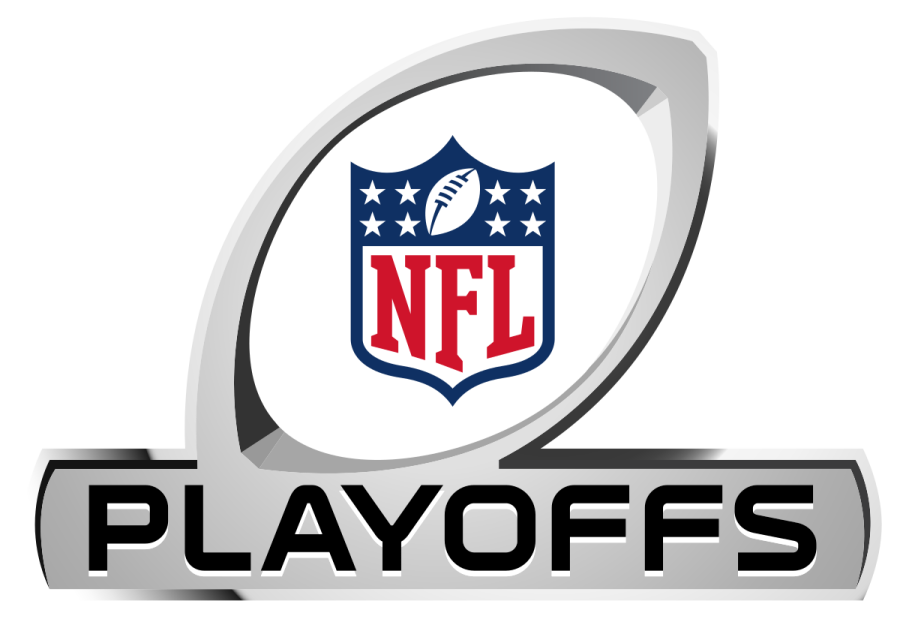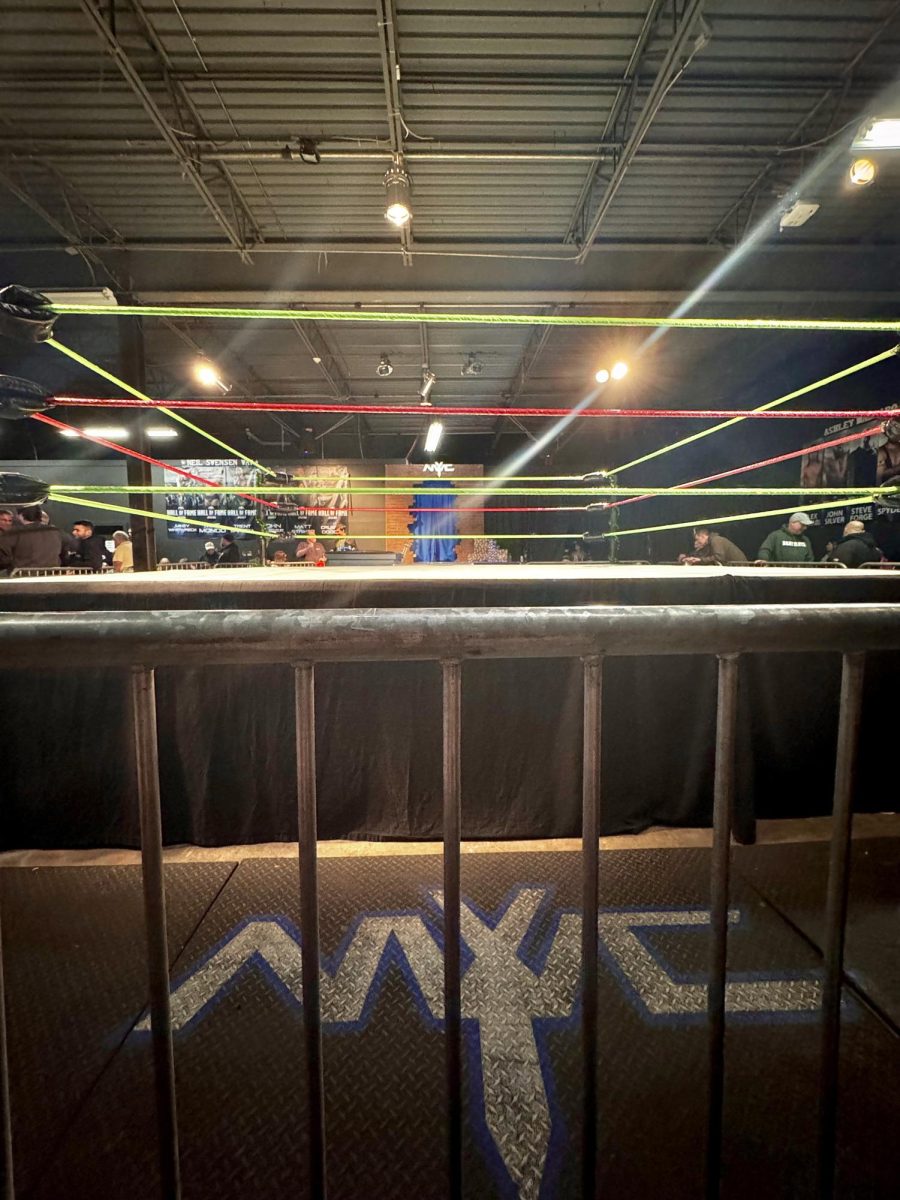Football fans can picture it. The visual of watching a pass play during a live broadcast. The offense and defense line up against each other as the quarterback begins to conduct the field before snapping the ball. Linebackers, cornerbacks, a defensive line opposite an offensive line, pass catchers, and a running back or two stand frozen in place until the quarterback yells…
“Hut!”
Then the camera begins to zoom in on the quarterback as he drops back and scans the field before dealing the football. The ball leaves the quarterback’s hand and, suddenly, the camera pans downfield to reveal whether the pass was completed, intercepted, or harmlessly incomplete. It’s a routine tradition that millions of fans don’t even question–but they’re missing half the action.
The problem with pass play primary-shot angles
For much of a pass play, fans are limited to watching a confined area of the field, the vicinity around the quarterback, leaving the pass catchers and defensive backs hidden out of camera shot. While fans watch the quarterback as the pocket collapses around them, they are left wondering which pass catchers are winning their routes and getting open for the quarterback to throw to.
Oftentimes, the quarterback or offensive coordinator is the one who gets blamed. Why wasn’t the ball thrown earlier? Why was that play called? Why isn’t the offense having success?
The answers often are hidden off the screen in the defensive backfield, where the routes are developing. The obstructed view makes the average fan watching the live broadcast unable to determine what they actually wish would’ve happened during a play.
We’re all guilty of blaming the wrong player or coach on our favorite team. I’ve done it before, and unless this piece persuades the NFL and its partners to make a change, I’ll probably do it again. Nobody is perfect, but each of us can make an effort to be more mindful about how quickly we blame our favorite athletes and coaches.
So if a different camera angle were to become the primary angle used to broadcast games, which should it be?
The Skycam
In 2017, a Week 7 matchup between the New England Patriots and the Atlanta Falcons got disrupted by dense fog, which obstructed the view of the game for fans in Gillette Stadium and those watching on TV. NBC responded by debuting its “SkyCam” view, allowing fans watching the broadcast at home to have an unobstructed view of the defense from behind the quarterback throughout any given play.
I remember watching this game live on Sunday Night Football and thinking the NFL had soft-launched its next-best innovation. Suddenly, I could see what Tom Brady was seeing after he finished his dropback–pass catchers breaking out of their routes, defensive backs lurking around their assigned player or zone, and linebackers reading the quarterback’s eyes while maintaining the middle of the field.
NBC has been developing its SkyCam technology for years. Still, for now, “some of the system’s limitations” have restricted its efforts to use the camera more in live play-by-play coverage, Fred Gaudelli, executive producer of Sunday Night Football and Thursday Night Football, said in a statement to ESPN’s Kevin Seifert. During the SkyCam’s debut, two cameras–12-40 feet and 40-80 feet above the field–were operated by two people and coordinated by a pilot who was responsible for where and how the cameras flew, Seifert wrote. There was also a camera operator who controlled the pan, tilt, and zoom.
That sounds like a hefty load for a crew of that size to handle. But growing and training broadcast camera operators to adapt to the future of football should be a priority for NBC and competing National Broadcast Network Companies to invest in.
The All-22 Coaches Film
My preferred alternative option is the All-22 Coaches Film, which is available through an NFL+ subscription. Subscribers are provided with a wide overhead angle that captures every player on the field to analyze and evaluate every aspect of a play. But this feature isn’t made available until approximately 24-48 hours after a game ends, and the most affordable option is a $99.99 annual subscription.
Fans at home shouldn’t have to pay extra if they want a clear view of their favorite team on game day. Their options shouldn’t be hidden behind another paywall. They shouldn’t have to subscribe to another service or buy a ticket to every game if they want to watch any given pass play.
But right now, the networks can’t see that–and we can’t see where the ball is going.

